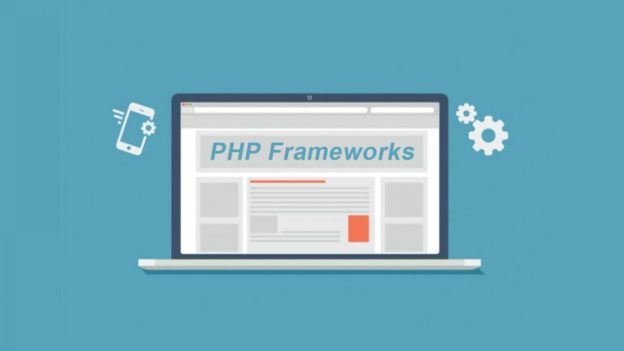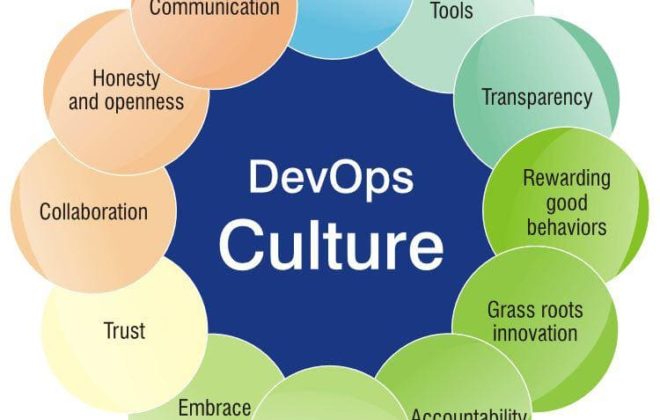How to reduce costs and provide optimal IT support for a business model. Part 1
Achieving a balance between cost savings and optimal business model support remains one of the key challenges for many IT departments. They also need to figure out how to adapt the amount of IT support to the needs of the business model and at the same time not to complicate the IT infrastructure and not lose control over the number of enterprise applications. This article discusses issues related to a comprehensive analysis and determination of key decision-making parameters, from the point of view of successful transformation of the main applications in accordance with the needs of the business model.
Key applications in the changing of enterprise IT landscape
In any large-scale and constantly evolving IT infrastructure are many business-critical applications that are developed individually for several years. Their ability to cope with future business challenges must pass a comprehensive strength test. Such specialized core applications can support key processes or manage huge flows of financial data in public and private sector organizations. Any failure on their part can cause enormous financial damage to the company and (or) lead to reputation losses.
IT decision makers need to determine the future of these applications: should they be replaced, redeployed or upgraded? Mistakes or insufficient attention to certain aspects (for example, regarding complexity, expertise, transparency, management) at the decision-making stage leads to unsuccessful projects or to failure in meeting deadlines and exceeding the budget, as well as to the lack of a proper level of business performance or IT.
In order to ensure successful implementation of the project and guarantee a reduction in risks and maximum increase in potential benefits, the decision-making process should be based on an extensive analysis of the main applications. In addition to the technological and business functionality of the main application, such an analysis should be based on the knowledge of all interested parties – business units, users, programmers and IT specialists.
Such an approach will facilitate a gradual, transparent and controllable process for transforming applications that meets the current and future requirements of the developing world of digital technology, which does not put in danger the intrinsic value or functioning of existing applications.
Need of comprehensive analysis
Is a successful conversion possible if interdependencies between the systems are not obvious, modules and elements are not transparent and interfaces are poorly supported and only documented to a minimum extent? Are any transformations possible if you don’t know how and which modules and components are used in the business process? How do you assess the importance of factors such as cost, time and risk?
A comprehensive analysis allows us to solve such problems, thereby creating a reliable information base for decisions that must be taken to transform applications into a proper architecture in a controlled way.
It is important that all relevant organizational structures are involved in the application analysis process (for example, business units, research and development departments). Such an analysis of the main application should be carried out in the context of both business tasks and IT, so that it includes, for example, industry methods, business processes, software products, IT infrastructures and IT architectures.
Only a complete analysis of the business specifics and IT will allow you to conduct a thorough assessment of the main application capabilities necessary for making decisions based on calculated risks. In addition to this level of detail, is required transparency of the relationships between system components and systems in development and runtime environments (including programming languages and environments, database systems, middleware, job management tools), as well as IT infrastructures (operating systems, hardware, devices).
Should be also included both static aspects (application structure, source code, interfaces) and dynamic parameters (application behavior during its operation). All relevant business and IT factors must be documented sequentially and in relation to each other. All interested parties should have access to the results of the analysis in order to view and use them for joint decision making.

Complexity of core applications
Business-critical applications, regardless of whether they are interactive or batch, are quite complex. This is reflected not only in the source code, but also in the corresponding business logic and database transaction logic. Such applications involve several interfaces that closely connect internal and external IT systems, serving various business processes and user groups.
The main applications run mainly on mainframe or server platforms with a high degree of scalability and use technologies such as Natural, COBOL, Adabas, DB2, or VSAM. Since all of these systems have been optimized over the years, they provide a high level of quality during the operational phase, which translates into support for the strict requirements of Service Level Agreements (SLAs).
Complete process transparency and full knowledge of these related applications may be in danger due to factors such as retirement and subsequent generations. Up-to-date, consistent documentation on the implementation of IT systems and related business functionality is often not available.

Integrated analysis platform
In order to document all elements related to the context, establish their interaction and exchange with various stakeholders, is needed a platform for joint analysis. It will help to determine information about the business functionality of main applications and elements of the IT portfolio and corporate architecture.
The platform provides for all interested parties a comprehensive, consistent and centralized knowledge base for generating requests and making optimal decisions.
Analysis of the main applications
The analysis of the main application should include structural (static) aspects and parameters related to the runtime (dynamic), which will establish the level of complexity and criticality from the using the application point of view.

About them we will talk in our next article.
Related Posts
Leave a Reply Cancel reply
Service
Categories
- DEVELOPMENT (98)
- DEVOPS (50)
- FRAMEWORKS (20)
- IT (23)
- QA (14)
- SECURITY (13)
- SOFTWARE (13)
- UI/UX (6)
- Uncategorized (7)





